Learning about telomeres can change the way you view ageing and help to reverse it. Scroll down to read more about this fascinating subject
Quite frankly, none of us wants to age or at least suffer the conditions that are accompanied by ageing. Bad news, ageing is inevitable. Good news? Well, we can definitely manage the ill effects of ageing and even reverse ageing. Recent research in longevity science also proves that we can reverse ageing. While most of us are familiar with DNA, we rarely hear about a crucial part of it - telomeres. Telomeres play a vital role in ageing and anti-ageing processes and are responsible for warding off major degenerative conditions like cancer, diabetes, osteoporosis, and arthritis, as well as determining how young or old we look.
If you want to lead a long and healthy life by reversing ageing, you may want to know more about having probably come across the term "telomere" in your research. But what exactly are telomeres, and how do they affect the ageing process? Keep reading to find out.
What are telomeres and why do they play an important role in ageing?
Our genetic material is stored in a condensed structure, called chromosomes. These chromosomes have cap-like structures at the end which are termed “telomeres”. Telomeres consist of repeated DNA sequences. Whenever cell division occurs, the length of a chromosome is reduced by between 25 to 200 bases (A, C, G, or T), and the only portion of the chromosome that is lost, however, is the telomere. This leaves the major portion of the DNA unharmed because the ends of the chromosomes are protected by telomeres. Had it not been for telomeres, the majority of crucial regions of the DNA would be lost every time a cell divides. This would ultimately result in the deletion of whole genes.
As we age, the length of the telomeres shortens and reaches a “critical length” where the chromosome fails to replicate any further. This "critical length" causes the cell to undergo apoptosis, also referred to as programmed cell death. Telomerase is a type of enzyme that aids in the formation of those repeated sequences present in the telomere. The cells of our body lack a high concentration of telomerase as we age and thus enhance the ageing process. This entire phenomenon is termed telomere attrition, one of the hallmarks of ageing
Why do we lose telomeres as we age?
Ageing is a continuous process. It is through cell division, we grow and new cells are formed. With each cell cycle, the telomere shortens and hence we tend to lose telomeres as we age. Each time a cell divides, the telomeres on its chromosomes get slightly shorter. Eventually, after many divisions, the telomeres become so short that they can no longer protect the chromosome from damage, and the cell stops dividing. This process is known as replicative senescence, and it is one of the key mechanisms that underlie ageing and age-related diseases.
A normal cell stops dividing after fifty times on average, but when a cell crosses this limit, it attains crisis and the whole system collapses leading to a tremendous loss of telomeres. At this point the cell either dies or deactivates, leading to cancer. When the cell dies, it is important that it is cleaned up. This is where senolytic activators such as Fisetin and Quercetin can remove these senescent cells. However, a healthy body can maintain telomeres with most of its bases intact, which in turn helps to protect the cell's true age. Conversely, an unhealthy body may experience greater loss of bases, leading to a shorter lifespan of the cell and ultimately affecting our lifespan.
Can telomeres help in predicting ageing?
Telomere attrition or shortening does not primarily indicate ageing but instead they act as a biomarker. For instance, an unhealthy individual who consumes many processed foods and seldom exercises is bound to age faster and will have a number of signs of ageing, of which shortened telomeres will be one of them. Telomere shortening is an inevitable process, but the rate at which it happens can be controlled. With the intake of age-reversing supplements and a healthy lifestyle, one can get rid of the ill effects of telomere shortening such as cancer. If you want to know more about your telomeres, a biological age may aid you in finding out so.
Do cells age faster or slower with longer telomeres?
The length of our telomeres has a direct impact on how rapidly we age. When telomeres are long, healthy cells are better equipped to replicate accurately, passing on vital information to the next cycle. In contrast, cells with short telomeres are more prone to replication errors, leading to accelerated ageing. This phenomenon is particularly visible in our skin, where cell loss is more noticeable. The longer the telomere, the slower we age.
While cells with short telomeres are more likely to die, healthy cells with long telomeres can pass more information onto the next replication of that cell. We all lose cells (which can be best seen in our skin), but if our telomeres are long and our cells are healthy, that next replication will be a much closer match to the original cell, leading the cells to age more slowly.
Conclusion:
Telomeres play a crucial role in our ageing process. As we age, the length of telomeres shortens, leading to replicative senescence and ultimately age-related diseases. However, by taking proper care of our body and maintaining a healthy lifestyle, we can slow down the rate of telomere shortening and thus extend our lifespan. Additionally, by understanding the role of telomeres as a biomarker, we can predict and prevent the onset of age-related diseases. The discovery of senolytic activators has opened new doors to remove senescent cells and reverse the ageing process. The length of our telomeres determines the rate at which we age, and we must strive to maintain long telomeres for healthy and long-lasting cells.








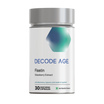
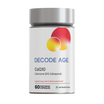

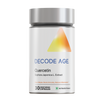

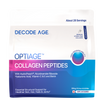

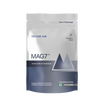

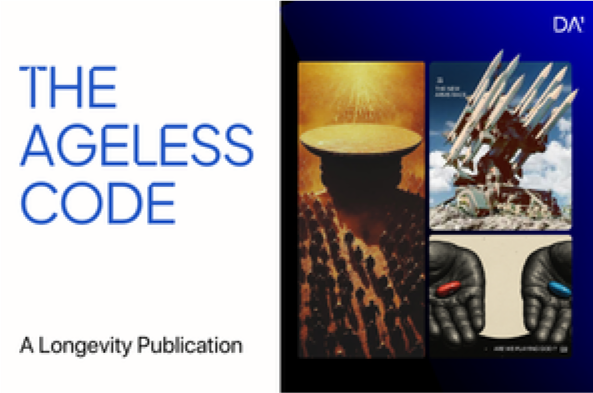


Leave a comment
All comments are moderated before being published.
This site is protected by hCaptcha and the hCaptcha Privacy Policy and Terms of Service apply.